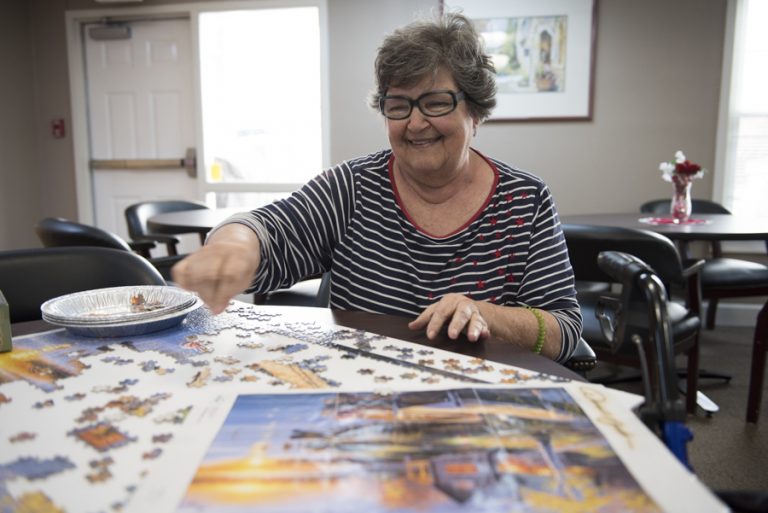
Between 2010 and 2020, the number of people between the ages of 65 and 74 grew by 50%. By 2030, one in every five Americans will be over 65, and the country will face a severe shortage in appropriate housing to meet their needs.
Affordable housing for older adults has been a growing issue for decades, with seniors now representing 66% of “worst case housing needs” households. “The senior affordable housing issue is really three-fold,” explains Ralph Gaines, CEO of Embrace Living Communities. “We have a large baby boomer generation that just passed 65-years in age. Many of those seniors fall under the low-income category with little savings beyond social security benefits, and in many instances these benefits are quite small, if any. And we are dealing with economic expansions that focus on middle and upper tier housing, so there is scarcity in affordable housing across the nation in relation to the population needs.”
To further exacerbate the issue, the global pandemic has taken jobs away from older adults who were not yet prepared for retirement and will have difficulty finding new employment during the continued economic downturn.
Federal assistance
The recent Federal stimulus packages have given individuals some short-term relief. HUD programs like the Section 202 and Section 8 Project-Based Rental Assistance programs are critical to providing seniors affordable housing. But only 34% of very low-income seniors receive the housing assistance they are eligible for because the programs are small compared to the real need.
“I see this Federal funding increasing under the new administration as the senior affordable housing shortage and economic disparities continue,” says Gaines. “Those appropriations will assist both the development and the preservation of affordable senior housing developments as well as provide rental assistance to individuals.”
Long-term solutions at the national and local levels
Beyond just funding, there has been a renewed focus on other policy and legislative initiatives to expedite the recovery of the affordable and senior housing sectors. The new administration has an opportunity to bring together public and private sector experts and take a very strategic approach to the problem. “There needs to be an assessment and understanding of what models are working in the market today, and then complementing those models with new innovative solutions that meet the needs of all stakeholders who are working to solve the problem,” explains Gaines. “There is a tremendous amount of private investment capital on the sidelines that could be working with the government if a mutually beneficial structure is created. Investment capital will lessen the senior affordable housing scarcity problem, and we will not be just creating more buildings, but creating sustainable communities.”
Another area that can assist is is at the local level. “The Federal government can only do so much when there are regulatory hurdles locally,” says Gaines. “Those regulations include zoning laws that often discriminate against multi-family housing. Certain cities experiencing the brunt of the crisis are primarily zoned for single family. It might have worked in the past, but not in the economic expansion environment we’ve seen over the years. We need to see collaboration locally to help reform the regulatory barriers that currently exist.”
Affordable, safe housing is a basic human right, but one that can go forgotten in communities. “The hope is for all of us within the public and private sectors to work together to expand access to affordable housing,” says Gaines. “If we work together, we can bring about solutions and positive change so people can live out their lives with dignity and decency.”
To learn more about these issues and to provide help seniors in need of affordable housing, please visit: https://embraceliving.org/support-our-communities/
Feel free to contact us for any future resident, current resident, or general inquiries.